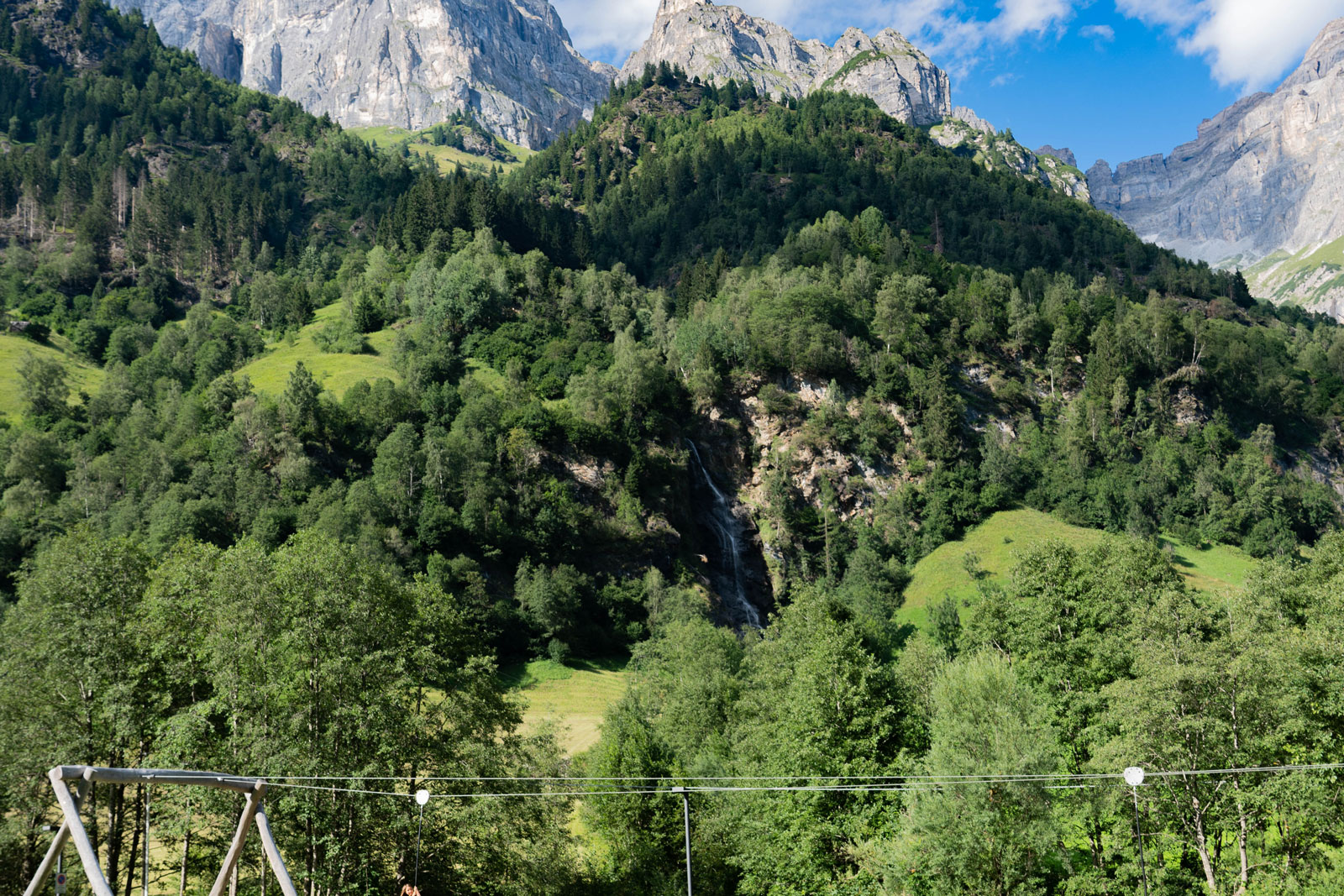Germany
Germany is a country rich in history, culture, and natural beauty. From the vibrant city life of Berlin and the fairytale castles of Bavaria to the picturesque Rhine Valley and the historic charm of Heidelberg, Germany offers a diverse range of experiences. Expect to enjoy world-class museums, historic landmarks, and renowned beer and cuisine. Germany’s efficient public transport and welcoming atmosphere make it easy to explore both bustling urban centers and serene countryside.
How to Get There
From the US, you can fly direct to major German cities such as Berlin (BER), Frankfurt (FRA), and Munich (MUC) on airlines like Lufthansa, Delta, and American Airlines from hubs like New York (JFK), Los Angeles (LAX), and Chicago (ORD).
Currency: The local currency of Germany is the Euro (EUR). The US dollar is not widely accepted, so it’s best to use local currency. 1 US dollar is approximately equivalent to 0.94 EUR.
Language: German is the official language of Germany. English is commonly spoken in major cities and tourist areas, but learning a few basic German phrases can be useful.
Credit Cards & ATMs: Credit cards are widely accepted at hotels, restaurants, and shops. It’s advisable to carry some cash for smaller purchases. ATMs are readily available throughout the country.
Plugs: The standard voltage is 230 V, and the frequency is 50 Hz. Germany uses Type C and F plugs, so bring a universal adapter if needed.
Safety: Germany is generally very safe for tourists, with a low crime rate. As with any destination, it’s wise to stay aware of your surroundings and secure your belongings.
Best Time to Visit
Germany is a year-round destination, but the best time to visit is from May to September when the weather is pleasant and many festivals and events take place. Spring and autumn offer milder temperatures and fewer crowds, while winter is ideal for experiencing Christmas markets and skiing in the Alps.
Things to See and Do in Germany
Related Articles
November 20, 2020






